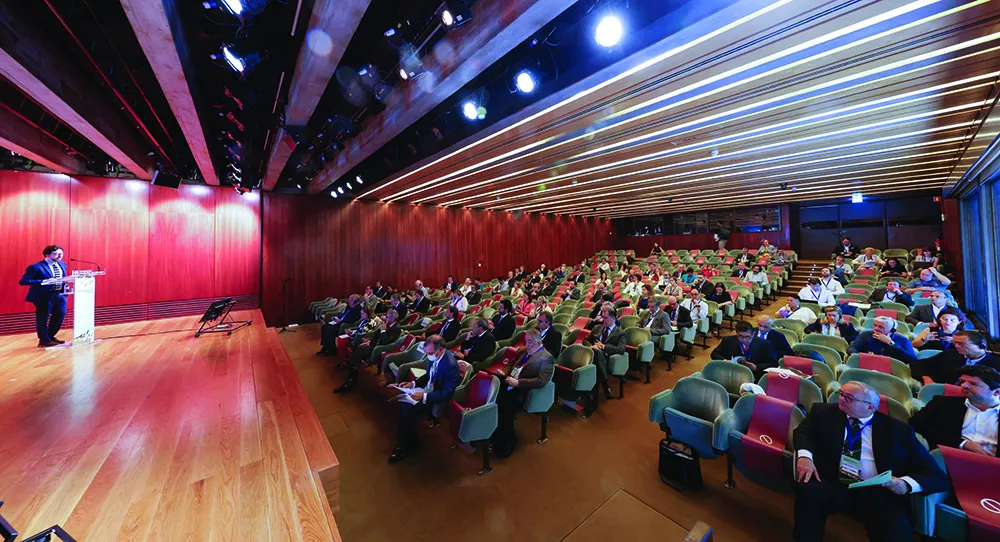Schneider Electric, specialist in energy management solutions, is leading the industry by example, having achieved ISO 50001 Accredited Certification for 21 of its UK sites.
Since beginning the undertaking to attain ISO50001 accreditation for its larger operations, Schneider has achieved a 16.5 per cent reduction in energy consumption over three years. All the improvements have been implemented using Schneider Electric’s own products, solutions and services.
The ISO 50001 Accredited Certification is
March 6, 2014
Read time: 2 mins
Since beginning the undertaking to attain ISO50001 accreditation for its larger operations, Schneider has achieved a 16.5 per cent reduction in energy consumption over three years. All the improvements have been implemented using Schneider Electric’s own products, solutions and services.
The ISO 50001 Accredited Certification is a new globally recognised standard of excellence awarded to businesses who implement effective energy management systems (EnMS). To be awarded the accreditation, organisations must develop an appropriate energy policy, identify areas of significant energy use and implement targets and programmes to reduce energy use. It also requires businesses to utilise data to better understand consumption and continually look for opportunities to make positive changes.
Mark Jones, sustainability manager at Schneider Electric said: “Energy management solutions are what we do, so for us it was essential that we were able to manage our own operations as efficiently as possible. We believe wholeheartedly in the quality of our products and services, and achieving accreditation across 21 sites in two years is certainly testament to what is possible with effective systems in place.”









